43 F. high in the Twin Cities Wednesday.
52 F. average high on October 29.
42 F. high on October 29, 2013.
October 29 in Minnesota Weather History. Source: MPX National Weather Service:
1951:
A early snow storm dropped as much as 8 inches of snowfall in north
central Minnesota. Mora had 8 inches, while Long Prairie received 6
inches. Glenwood, Little Falls, Morris, and New London all had 5 inches
of new snow. Meanwhile, surrounding areas received a couple of inches.
1936: Gale dust storm causes damage in Central Minnesota. Heavy wind damage is reported in Stearns County.
Climate Resilience
Why
can't we put more people to work on badly-needed infrastructure
upgrades, with increasing climate volatility and weather extremes in
mind? The American Society of Civil Engineers gave the USA's
infrastructure a D+ in a
2013 report card.
Meanwhile a recent study in
Proceedings of the Institution of Civil Engineers
says that from 1980 to 2007 90 percent of all global disasters were
triggered by flooding; either by heavy rain, hurricane, tsunami or some
other natural event.
The frequency of extreme flooding is rising,
especially Midwest to New England. The rain is falling harder, washing
out more roads and bridges in the process. There has to be a smarter way
to rebuild America's aging roads and bridges.
A reinforcing cold
front sparks a few sprinkles early. A cold north wind kicks in by
tonight and we may not climb out of the 30s tomorrow as winds slowly
ease under the center of high pressure. A chilly Halloween but nothing
wet or flaky falling from the sky, and winds will be light - no chill
factor.
We just get a glancing blow of cold air; the main event
sparks lake effect snow showers over the Great Lakes and a big
nor'easter, which may remain just offshore.
Plenty of weather
drama on either coast, but I still see a mild, dry bias across the
central USA into early, possibly mid November. The ECMWF is hinting at
60s, even an outside shot at 70F, one week from Saturday.
Halloween Climatology for the Twin Cities:
1990 70 38 0
1991 32 28 0.85
1992 44 38 0.03
1993 38 26 0
1994 54 29 0
1995 40 33 0.11
1996 32 16 Tr
1997 61 32 0.35
1998 47 44 0
1999 68 41 0
2000 71 46 0
2001 61 49 0
2002 34 24 0
2003 40 32 0
2004 44 40 Tr
2005 50 38 Tr
2006 36 24 0
2007 62 39 Tr
2008 62 41 0
2009 44 35 0.01
2010 49 30 0
2011 50 33 0
2012 52 25 0
2013 50 40 Tr
Chilliest Halloween Since 2006?
Data from the Minnesota DNR shows highs, lows and precipitation on
Halloween since 1990. Assuming a high in the upper 30s to near 40F on
Friday it will be the coolest Halloween since 2006.
A Vortex of Relative Warmth.
Temperature anomalies show unusually mild air over far northern Canada
and much of the Arctic region, where temperatures yesterday were nearly
3.5F warmer than average. We will see cold and snow in the coming months
(no kidding Paul!) but Old Man Winter doesn't appear to be in any great
hurry this year.
Image credit: obtained using Climate Reanalyzer (
http://cci-reanalyzer.org), Climate Change Institute, University of Maine, USA.
Not So Fast Polar Vortex! Why This Winter Might Not Be So Brutal After All. Note to self: don't bet the farm based on a 5 month forecast. Here's an excerpt from a story at
Salon that does a good job summing up what we know, and what we are pretending to know about the winter to come: "...
Sobel
says that despite the headlines, it’s doubtful we will be seeing a
winter as cold as last winter was in the eastern U.S. “Last winter was
very extreme by historical standards, so it is improbable in any year,”
says Sobel. “No information currently available (including the state of
El Niño), or that will be available ahead of time, is strong enough to
change that. It’s not impossible that this winter will be as cold or
colder than last, it’s just very unlikely.”
Superstorm Sandy Anniversary: Remembering Hurricane Sandy 2 Years Later. Here's an excerpt of a good summary of Sandy from
weather.com: "...
As the animation above shows, before Sandy even made landfall, tropical storm force winds extended outward in diameter some 943 miles
from southwest to northeast, the biggest circulation of any tropical
system on record. The sheer size of the storm played an important role
in the devastation Sandy dealt to the East Coast. Among the many factor
that influence storm surge, size matters, because as the National Hurricane Center notes,
bigger storms impact a greater area of the ocean over a longer period
of time than smaller storms, thereby enabling a large storm to push more
ocean water ashore..."
Hurricane Sandy's Lesson: Resilience Isn't Enough. Here's a clip from a post at the
Harvard Business Review that caught my eye: "...
Building
resilience and adaptability are necessary actions and great to see. But
there is more than a hint of a defensive posture here – we’re being
reactive. Adaptation is critical, but as a sole strategy, it’s kind of
silly and potentially devastating. We can build some walls around lower
Manhattan but where will the water go? I don’t think New Jersey will
appreciate the extra dose of storm surge. And how high a wall can we
even build? If we continue with business as usual and think we’ll just
adapt, we will be sorely disappointed..." (File photo: AP).
Hoboken Oceanographer Dreams of Slowing Hurricanes Before Landfall.
There are some practical considerations here, including what 30-50 foot
seas might do the pumps required, but under the headline of vetting all
ideas, here's an interesting one - an excerpt courtesy of
NBC New York: "...
His
plan is to slow down a hurricane by deploying hundreds of thousands of
floating tubular pumps -- directly in the path of an approaching storm.
Each pump would be upwards of a thousand feet long, using the kinetic
energy of undulating waves to draw cold water from the depths of the
ocean all the way to the surface. By cooling the surface water just two
degrees, Blumberg estimates a storm could be reduced from a category-3
to a category-1 designation. From a category-5 to a category-3
designation..." (Hurricane Igor file: NASA).
Study Says Upgrading Infrastructure Could Reduce Flood Damage.
Phys.org has the article which includes this interesting nugget: "...
From
1980 to 2007, about 90 percent of all global disasters were caused by
flooding either by rain, tsunami, hurricane or some other natural event.
At the same time, the American Society of Civil Engineer's 2013 Report
Card for America's Infrastructure gave the country a dismal D+. The
group said $3.6 trillion was needed by 2020 to address the most serious
problems..."
File photo credit: Virginia Department of Transportation.
Overall, the researchers revealed a much wider problem.
From
1980 to 2007, about 90 percent of all global disasters were caused by
flooding either by rain, tsunami, hurricane or some other natural event.
At
the same time, the American Society of Civil Engineer's 2013 Report
Card for America's Infrastructure gave the country a dismal D+. The
group said $3.6 trillion was needed by 2020 to address the most serious
problems.
Read more at:
http://phys.org/news/2014-10-infrastructure.html#jCp.
Think Progress has the story; here's an excerpt: "
Deep
in tobacco country, the once booming Phillip Morris cigarette plant in
Concord, North Carolina has been reborn into a facility that churns out
batteries for solar and wind farms. Swiss startup battery manufacturer
Alevo plans to open up the 3.5 million square-foot plant Tuesday, which
will produce utility-sized batteries to store electricity harvested from
wind and solar plants, according to Fortune..."
File photo: Shutterstock.
Home Of The Brave? Why is there a question mark at the end of the first stanza of America's National Anthem?
Gizmodo takes a look; here's an excerpt: "
Everybody
knows that "The Star-Spangled Banner" boldly proclaims that our flag
flies over the land of the free and the home of the brave. But in
Francis Scott Key's original 1814 manuscript for our national anthem,
there are surprisingly more question marks than you might guess —
including after the phrase "home of the brave?..."
Here's What It's Like To Be A Woman Walking Through The Streets of New York. 100 catcalls in 10 hours?
The Daily Dot takes a look at a video that's gone viral: "...
A new PSA from Rob Bliss and Hollaback exposes a close look at the catcalling and street harassment many women go through daily. With a GoPro
camera strapped to his backpack, he walked in front of Shoshana B.
Roberts, who volunteered for the project, as she silently walked around
New York City for 10 hours. In the process, she had more than 100
instances of verbal street harassment—not including winks and
whistles—from people of all backgrounds..."

Europeans Recall Fireball Whiskey Over A Sweetener Also Used in Antifreeze.
The Daily Beast has the details; here's a clip: "
Bottles
of Fireball whiskey, the insanely popular cinnamon-flavored frathouse
favorite, are being recalled in some European countries—because it’s got
too much of a chemical used in antifreeze (among other things) inside.
Late last week, the whiskey’s European bottler informed the makers of
Fireball that they were out of compliance with European regulations..."
TODAY: Mostly cloudy, passing shower. Winds: NW 15-25 High: 47
THURSDAY NIGHT: Clearing, still breezy. Low: 28
HALLOWEEN: Clear and chilly. Light winds. High: 39
SATURDAY: Hard Freeze early. Sunny, becoming breezy. Wake-up: 25. High: 43
SUNDAY: Partly sunny, stiff wind. Wake-up: 31. High: 50
MONDAY: More clouds, stray shower? Wake-up: 38. High: 55
TUESDAY: Partly sunny and cooler. Wake-up: 35. High: 49
WEDNESDAY: Sunny start, late shower. Wake-up: 36. High: 53
Climate Stories...
Superstorm Sandy Anniversary: "It's (Still) Global Warming, Stupid" A
higher sea level, more water vapor, warmer sea surface temperatures and
a highly unusual tropical track for late October - a warming climate
made Sandy worse. Here's an excerpt from
Think Progress: "...
So
we have nearly doubled the chances for a Sandy-type storm surge with
just the modest several-inch sea level rise we have caused to date with
carbon pollution. This study points out future Sandy-level storm surges
will result from weaker storms than Sandy as sea levels rise. The NOAA
study has an “intermediate high scenario” of 2 to 4 feet of sea level
rise by 2100 and a “High scenario,” where sea level rises 4 to 7 feet by
2100..."
What Caused The "Pause" in Global Warming? Air
temperatures have leveled off; additional heat being pumped into the
oceans, according to climate scientist Kevin Trenberth. Here's an
excerpt of his explanation at
The Conversation: "...
These changes in the atmosphere cause changes in the ocean and have led to heat being stored deeper than 700m in the ocean.
while heat has also been carried down deeper in the subtropical
Pacific, away from the surface. The largest region of the planet that
has not warmed in the 2000s is the eastern half of the Pacific Ocean. The planet is warming, but heat is effectively being dumped deeper in the ocean..."
Graphic credit above: "
Global
mean surface temperatures as anomalies relative to 1900-99, plotted
with linear trends for 1970-2013 (blue) and 1998-2013 (red), (from
Trenberth et al. 2014)."
Trenberth et al (2014) Nature Climate Change .
Climate Depression Is For Real. Just Ask a Scientist. A story in
Grist
argues that climate scientists are human too, and many of them are
trying to cope with the implications of their own research. Here's a
clip: "...
Parmesan certainly isn’t the first to experience some sort
of climate-change blues. From depression to substance abuse to suicide
and post-traumatic stress disorder, growing bodies of research in the
relatively new field of psychology of global warming suggest that
climate change will take a pretty heavy toll on the human psyche as
storms become more destructive and droughts more prolonged. For your
everyday environmentalist, the emotional stress suffered by a rapidly
changing Earth can result in some pretty substantial anxieties...."
With Storms Intensifying, Milwaukee Braces for Bigger Floods.
The Daily Climate takes a look at how a more volatile climate is impacting Milwaukee; here's a clip: "..
.Milwaukee
is emblematic of how climate change is forcing the hand of sanitation
departments in the Midwest. More frequent, intense storms threaten aging
systems, making repairs, upgrades and innovative solutions more urgent.
Climate change "keeps me up at night," said Kevin Shafer, executive
director of the Milwaukee Metropolitan Sewerage District.
"Before, we had a design criteria, and Mother Nature followed a
historic trend. Now the historic trend is thrown out of whack." The
Midwest is already seeing more frequent and intense storms, with more
precipitation on the way, said Don Wuebbles, a professor of atmospheric
science at the University of Illinois and member of the scientific team
behind the 2014 U.S. National Climate Assessment. Eight of the 10 wettest years for daily precipitation in the upper Midwest have happened since 1978..."
The Varieties of Denialism. This subject obviously extends well beyond climate science. Here's the intro to a story by Massimo Pigliucci at
Scientia Salon: "
I have just come back from a stimulating conference at Clark University about “
Manufacturing
Denial,” which brought together scholars from wildly divergent
disciplines — from genocide studies to political science to philosophy —
to explore the idea that “denialism” may be a sufficiently coherent
phenomenon underlying the willful disregard of factual evidence by
ideologically motivated groups or individuals...."

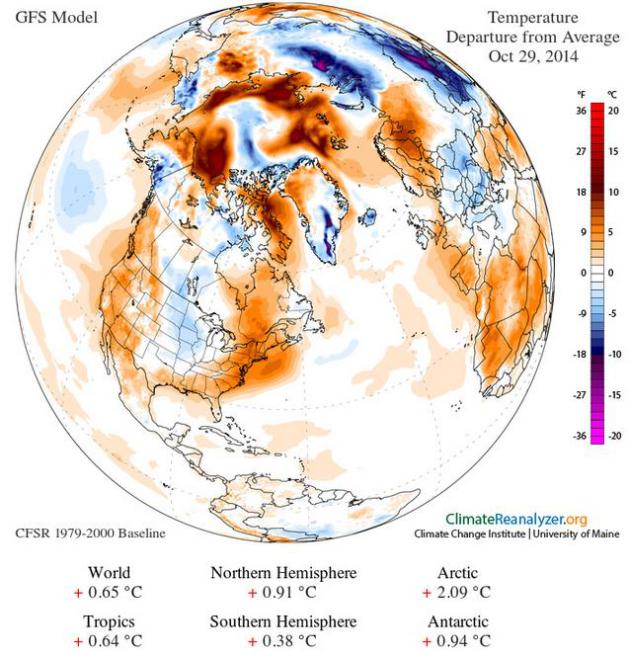
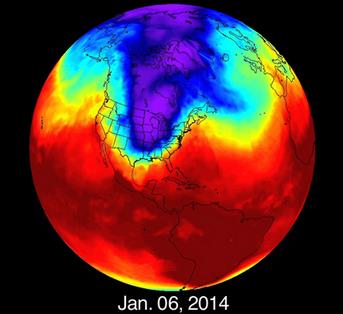
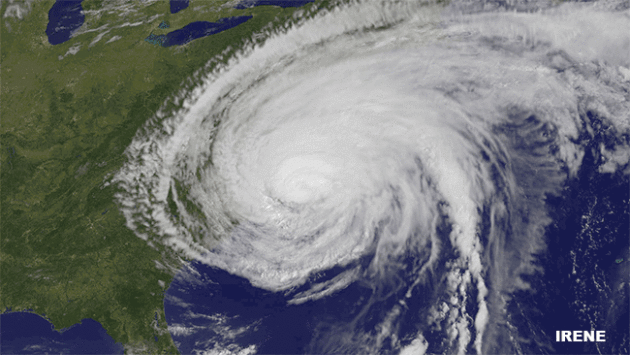

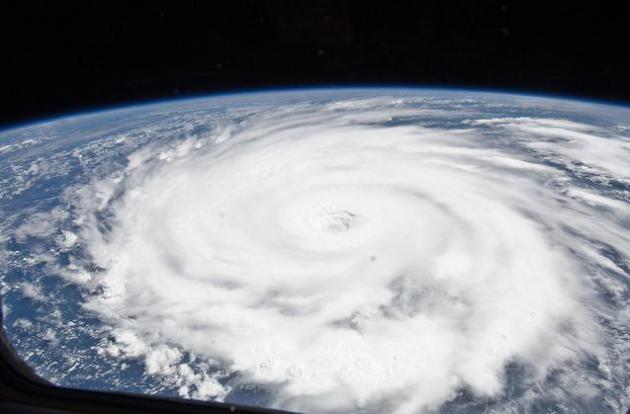
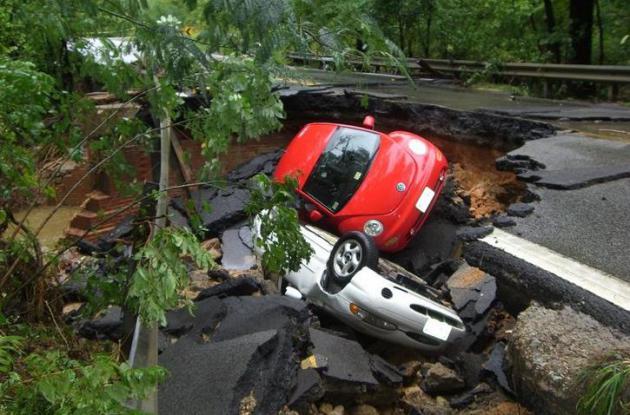
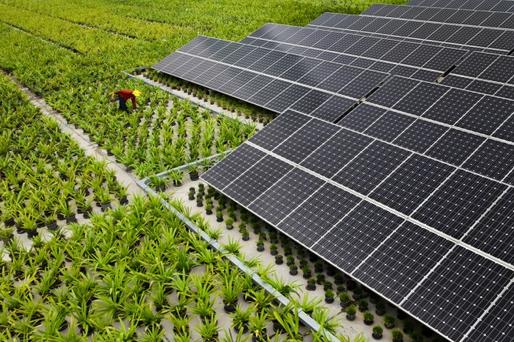
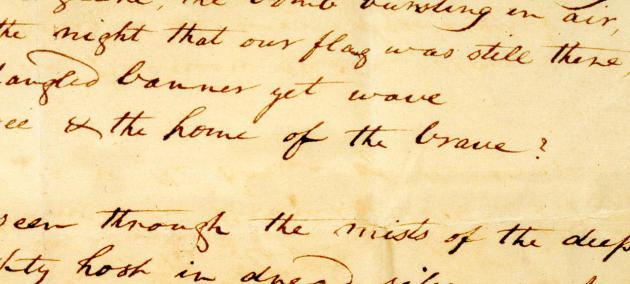
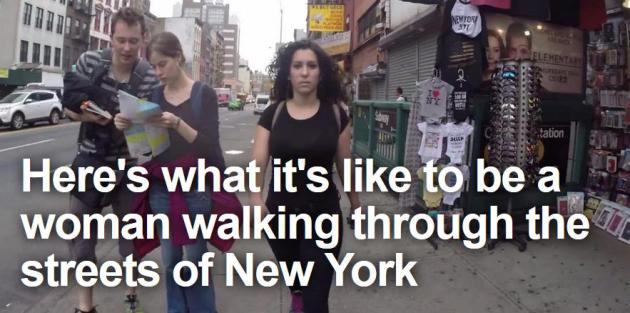

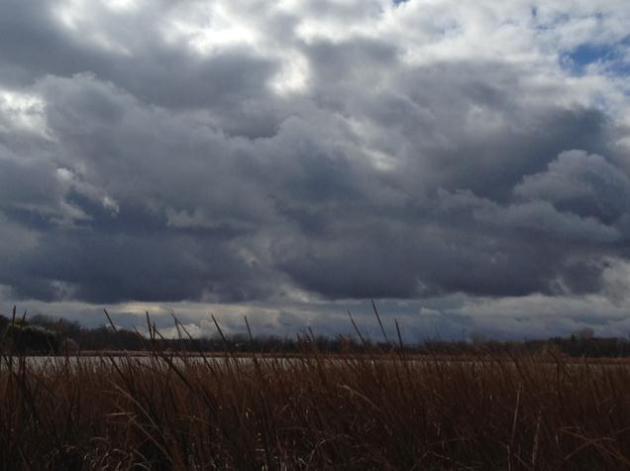

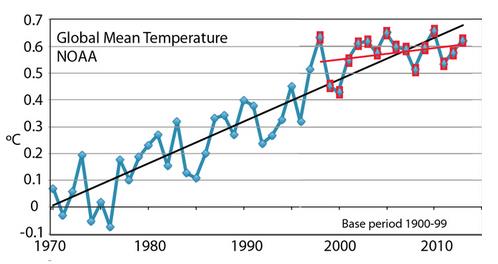

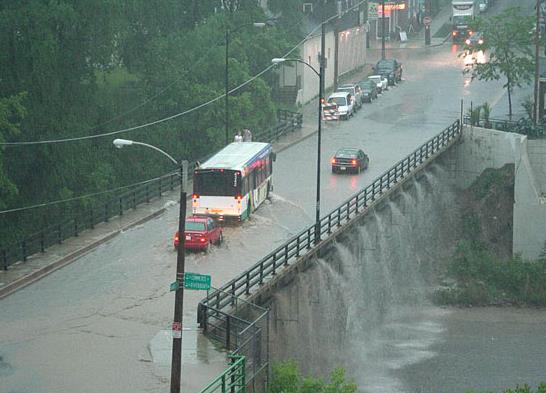

No comments:
Post a Comment